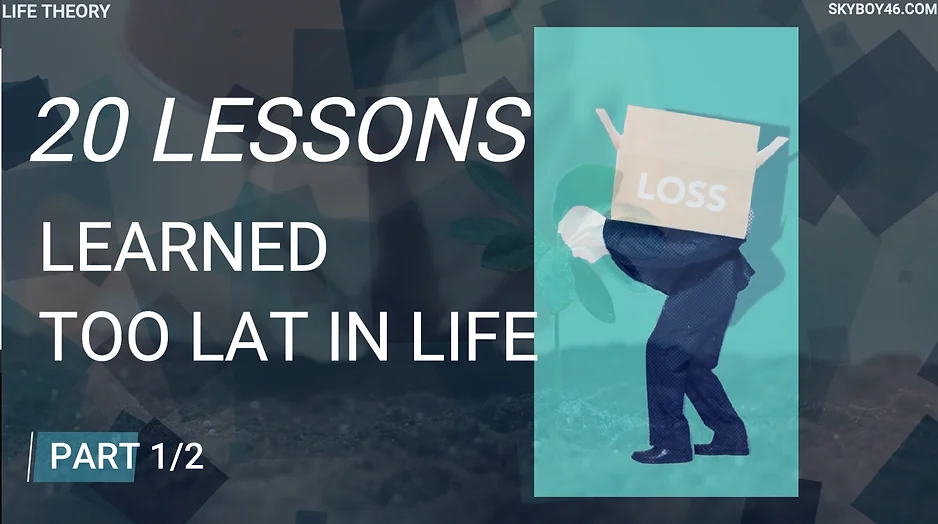What if your memories aren’t just faulty—they’re from another universe? Unravel the mystery of the Mandela Effect, where shared false memories blur the line between reality and imagination. From psychology’s explanations to the mind-bending theories of the multiverse, explore how our minds—or perhaps alternate realities—play tricks on us. Are we misremembering, or glimpsing into parallel worlds?
SUBSCRIBE: https://www.youtube.com/@LifeTheory46
VISIT: https://linktr.ee/lifetheory46
Get You Monthly Life Stories in Advance & Our Premium Learning Packs HERE:
The Mandela Effect: Memory Glitch or Multiverse Mystery?
There’s something uncanny about how the mind can play tricks on us, bending our perception of reality until it twists beyond recognition. Today, we’re diving into a phenomenon that seems to blur the lines between fact and fiction, leaving us puzzled: the Mandela Effect. Named after a strangely shared false memory, it raises the question—how can so many people vividly recall events that never actually occurred?
It all began to take shape in 2009 when Fiona Broome, a historian and paranormal researcher, attended DragonCon in Atlanta. During a casual conversation about bizarre experiences, the topic of Nelson Mandela’s supposed death in the 1980s surfaced. At the time, Mandela was still very much alive, yet many people, including Broome herself, clearly remembered him dying decades earlier while still imprisoned. Intrigued by this shared memory, she launched a website to collect other examples of collective false memories, and thus, the Mandela Effect was born.
The phenomenon goes beyond Mandela’s “death.” From movie lines to famous logos, people across the globe seem to remember things differently from how they truly are. Take the Monopoly man—many can swear they recall him sporting a monocle, but he never did. Or the line from Star Wars: despite how familiar “Luke, I am your father” sounds, the real dialogue is actually “No, I am your father.” Some even recall being taught that Benjamin Franklin was once president, which is entirely false. These peculiar misrememberings raise the question—why do so many of us recall the same things incorrectly?
Psychology offers a fairly straightforward explanation. Cognitive researcher Jean Brewer explains that our memory isn’t as precise as we like to believe. When recalling events, our brains often rely on fragments of related memories to reconstruct what happened, blending these pieces together. For instance, because the Monopoly man and Mr. Peanut both wear top hats, our minds might mistakenly combine the monocle from the latter with the image of the former, filling in details that were never actually there. It’s an attempt by the brain to make memories easier to retrieve, even if it means warping reality a bit.
Yet, even when presented with the correct information, people often still cling to their initial, incorrect memories. The certainty in these false recollections—often accompanied by vivid detail—makes it hard to dismiss them as mere brain blips. Some argue that while faulty memory explains much, it doesn’t fully capture why the same errors are made by large groups.
Enter a more intriguing possibility: quantum theory and the concept of the multiverse. This idea ventures into the realm of the extraordinary, suggesting that the Mandela Effect might be glimpses into alternate realities where history unfolded differently. According to multiverse theory, there isn’t just one universe but countless parallel ones, each with its own version of events. If these universes occasionally “collide” or overlap, it could cause memories from one reality to bleed into another.
Though the notion of a multiverse may sound like pure fantasy, it has its roots in theoretical physics, with some of the world’s most respected scientists considering it a valid possibility. Features of our own universe, according to these experts, almost require the existence of other universes to make sense. The evidence remains theoretical for now, but that doesn’t discredit its potential reality—only that we currently lack the tools to observe it directly.
To understand how the multiverse might work, we must first consider what makes up the universe at its smallest levels. Where once atoms were believed to be the building blocks of everything, we now know that subatomic particles like quarks go even deeper. String theory takes this further, proposing that all matter is composed of incredibly tiny vibrating strings of energy. These strings don’t just vibrate in three spatial dimensions but across multiple dimensions—at least ten, according to the math behind the theory.
These additional dimensions imply that strings aren’t limited to our familiar space and time; they may extend into other universes, existing under different conditions. Thus, if different versions of reality coexist, it becomes conceivable that events could cross over, leading to shared memories that don’t align with the historical record in our particular universe.
The concept is undeniably mind-bending, but it highlights how little we truly understand about the nature of reality. Whether the Mandela Effect stems from flawed memory or hints at the multiverse remains a matter of personal belief. Perhaps it’s simply the brain’s clever way of piecing together fragments of past experiences, or maybe it offers fleeting glimpses into parallel worlds. Either way, it serves as a reminder that there’s far more to the universe—and our minds—than meets the eye.
So, what do you make of it? Are these strange, shared misremembrances just tricks our minds play, or are they windows into a multiverse where reality is more fluid than we ever imagined?
–> Read More Life Stories Here:
https://www.lifetheory.us
https://www.lifetheory.eu
Buy all of our Life Stories & Our Premium Learning Packs. Listen or Read to them anytime you want. Have them Forever.
You can get each monthly lesson on our website at https://www.skyboy46.com/store
SHARE THIS STORY
Visit Our Store
SHOP NOW
www.skyboy46.com & www.myskypet.com
Designed For Pet Lovers & Introverted Souls
Sport, Hobbies, Motivation, Music & Art






~EXPLORE MORE~
www.linktr.ee/skyboy46


